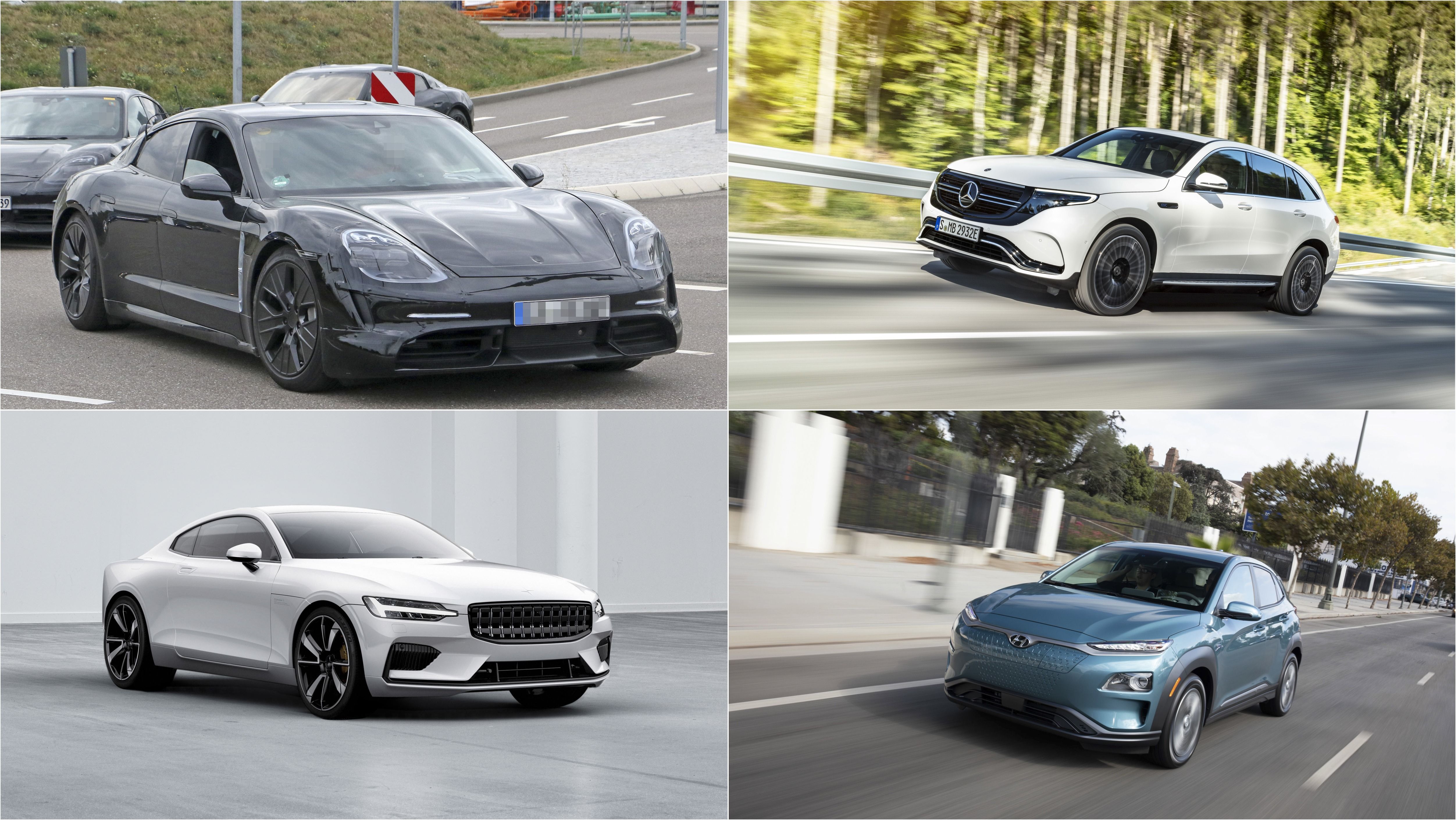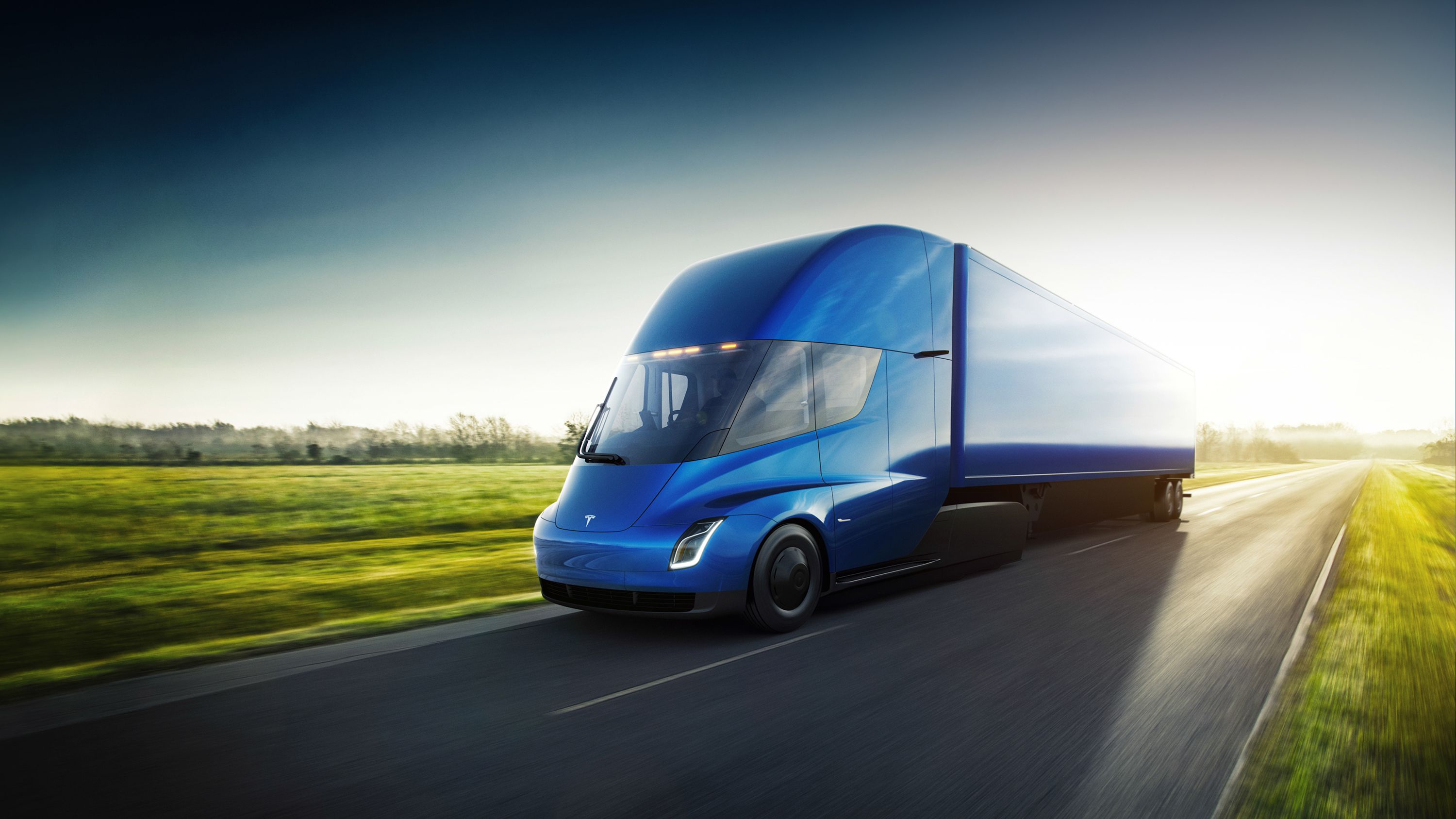2018 was a banner year for electric vehicles. Throughout the year, we've seen more EV’s debut than any other time in auto history. It’s a clear sign that EVs have moved beyond the point of being novelties. The sudden rush among automakers to develop electric cars isn’t a niche endeavor anymore. It’s become the key to the future of the whole business. So if you thought that 2018 was a big year for electric vehicles, 2019 is shaping up to be an even bigger year for the segment. Just about every relevant automaker has its hands on the EV pot, right there with startup companies that are looking for relevancy in an industry that’s become as competitive as it’s ever been. Priorities are shifting in this business if they haven’t shifted already. 2019 will be the year when a lot of these automakers show off the fruits of their labor, including these eight models that could revolutionize the whole segment and plot the long-term course of the industry.
Volkswagen I.D.
How can a nondescript electric vehicle with a 168-horsepower electric motor and a range between 249 miles to 373 miles on a single charge break boundaries? If that car comes from Volkswagen, that’s how. Depending on who you ask, Volkswagen is either the largest or second-largest automaker in the world. It’s also responsible for Dieselgate, without question the biggest automotive scandal in recent years. In an effort to turn over a new chapter in its history and wash its hands from the stain left behind by Dieselgate, the German auto titan is going all-out on electric vehicles with a full lineup of EVs scheduled to launch in the next few years.
Read our full review on the 2016 Volkswagen ID Concept.
Porsche Taycan
Volkswagen isn’t the only automaker that’s debuting an electric car in 2019. One of the brands it owns, Porsche, is also on the same boat, albeit on a far smaller scale, with the highly anticipated Taycan four-door sports car.
|
Powertrain: |
Two synchronous motors |
|
Output: |
More than 600 horsepower |
|
0 to 60 MPH Time: |
Less than 3.5 seconds |
|
Range: |
311 miles |
Read our full review on the 2020 Porsche Taycan
Polestar 2
Note: Polestar 1 pictured here.
The Polestar 1 is getting all the attention these days and justifiably so. It’s the first offering of Volvo’s newly minted performance company, and it also happens to be a stunner with incredible performance chops.
|
Powertrain: |
Electric motors |
|
Output: |
400 horsepower |
|
Range: |
350 miles |
Read our full review on the 2018 Polestar 1.
Mercedes EQC
Mercedes is in the same boat as Volkswagen and so many other automakers in the industry. 2019 is shaping up to be a big year for the Silver Arrows as it is expected to roll out the EQC, the first model from its newly created all-electric sub-brand, EQ. In a lot of ways, think of the EQC as Mercedes’ version of the Volkswagen ID.
|
Powertrain: |
Two electric motors and an 80 kWh battery pack |
|
Output: |
402 horsepower and 564 pound-feet of torque |
|
0 to 60 MPH: |
4.9 seconds |
|
Top speed: |
112 mph |
|
Drive Type: |
All-wheel-drive |
|
Range: |
279 miles |
Read our full review on the 2019 Mercedes EQC
Tesla Semi
At this point, it’s hard to trust Tesla to nail its production targets. We've learned our lesson from production issues attitude to the Model S, Model X, and most recently, the Model 3. But we’re not ambivalent to current trends, either. Tesla, for the most part, has revolutionized the all-electric car segment, and, if all goes according to plan — a tough ask, but who knows — 2019 could be the year that Tesla turns the trucking industry upside its head.
|
Powertrain: |
Electric motors and an undisclosed battery pack |
|
0 to 60 MPH (unloaded): |
5.0 seconds |
|
0 to 60 mph (fully loaded): |
20 seconds |
|
Range: |
500 miles |
|
Maximum payload: |
80,000 pounds |
Read our full review on the 2019 Tesla Semi
Kia Niro EV and Hyundai Kona Electric
The Kia Niro EV and the Hyundai Kona Electric — I’m putting these two together because not only are they platform siblings, they’re also two of the first all-electric SUVs to hit production for the non-premium market. Both Kia and Hyundai have a lot riding on the success of the Niro EV and Kona Electric, respectively, in the U.S. The Niro EV is powered by an electric motor and a 64 kWh battery that produce a solid 201 horsepower and 291 pound-feet of torque. It’s worth noting, too, that the range-topping version of the Hyundai Kona Electric not only shares the same setup as the Niro EV, but both models are actually being developed alongside each other.
|
Powertrain: |
Electric motor and 64 kWh battery pack |
|
Output: |
201 horsepower and 291 pound-feet of torque |
|
0 to 60 MPH: |
7.8 seconds |
|
Top speed: |
104 mph |
|
Range: |
292 miles |
Read our full review on the Kia Niro EV and Hyundai Kona Electric


